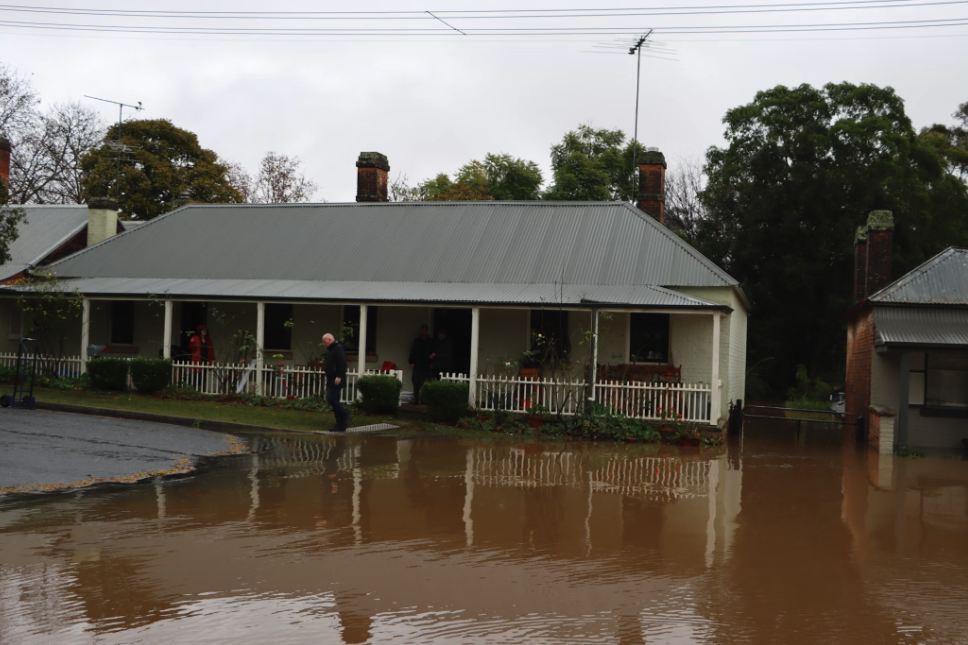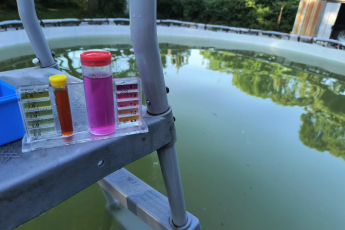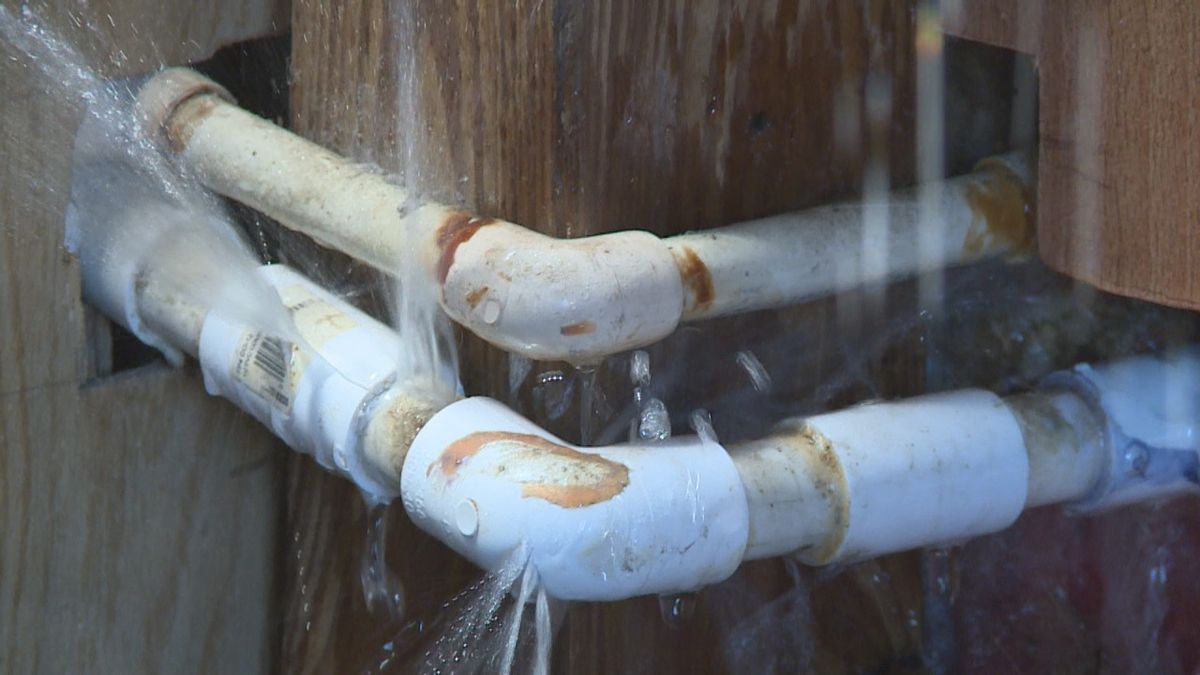The Hidden Dangers of Water Damage: Why Immediate Restoration is Crucial

Water damage is one of the most insidious threats to a home or business!

Often appearing in subtle ways, it can quickly escalate into a serious issue if left unaddressed. Whether caused by a sudden flood, leaky pipes, or natural disasters, water damage may seem manageable at first glance. However, its long-term effects can be devastating. This is where water damage services come into play, offering crucial expertise in minimizing damage and restoring your property to its original state.
Delaying restoration efforts after water damage can have grave consequences. Understanding the risks associated with waiting to address water damage will help homeowners make better decisions when disaster strikes. Below, we’ll explore why immediate restoration is necessary and how failing to act quickly can lead to bigger issues.
1. Mold Growth and Health Hazards
Mold is one of the most dangerous byproducts of water damage. It thrives in damp, dark environments and can begin growing within 24 to 48 hours of water exposure. Once mold sets in, it can spread rapidly, compromising the air quality in your home or business. Mold spores can cause serious health problems, especially for individuals with respiratory issues, allergies, or weakened immune systems.
Aside from respiratory issues, mold exposure can lead to headaches, fatigue, skin irritation, and other symptoms. Therefore, ignoring water damage for extended periods increases the chances of mold growth, which requires costly removal processes and can even be dangerous to your health.
2. Structural Damage
Water doesn’t just affect the aesthetics of your property; it can undermine its structural integrity. When water seeps into walls, floors, and ceilings, it weakens these materials, making them prone to sagging, rotting, or collapsing. Wood, plaster, and drywall are particularly vulnerable to water damage and can become irreparably compromised if not addressed quickly.
The longer water sits, the more damage it does. Floors might buckle, ceilings may cave in, and walls can warp. The structural risks associated with water damage can be expensive and time-consuming to repair. When this damage reaches a certain level, it could even result in needing to replace entire sections of the building, leading to major repair costs.
3. Electrical Hazards
Water is an excellent conductor of electricity. If water comes into contact with electrical wiring, outlets, or appliances, it creates an immediate risk of electrocution. Short circuits can cause fires, further complicating the damage to your home or business.
In the event of water damage, the first step should always be to turn off the power supply to prevent any electrical issues from escalating. A professional restoration company will assess the risks and ensure the proper steps are taken to prevent electrical hazards while conducting the necessary repairs.
4. Increased Repair Costs
Delaying water damage restoration can significantly increase the cost of repairs. When water damage is left untreated, it continues to spread, affecting more areas of the property. The longer the delay, the larger the areas of the building that are impacted, leading to higher costs for remediation.
For instance, if water damage is allowed to affect the foundation, it could require much more extensive and expensive repairs than addressing the issue early on. If left untreated for weeks or months, the damage to floors, ceilings, and walls will worsen, necessitating full replacements and extensive restoration services. Immediate action minimizes the scope of work, ultimately saving you a significant amount of money.
5. Decreased Property Value
Water damage can lower the value of your property significantly. A house with visible water damage, mold, or structural issues is far less appealing to potential buyers. If the damage is extensive, it could even prevent you from selling your property altogether.
Buyers are often hesitant to purchase homes with a history of water damage, as they fear hidden issues that may not be immediately apparent. If you’re planning to sell your property, taking immediate action to restore any water damage can prevent long-term financial losses and ensure that your home maintains its value.
6. Unpleasant Odors
Water damage often comes with unpleasant smells that can permeate throughout your home or business. This is due to the growth of mold, mildew, or bacteria in damp areas. These odors can be extremely difficult to remove and can linger long after the water is gone.
Air fresheners or cleaning products might temporarily mask the smell, but the root cause – mold or water-damaged materials – will still be present. Once water damage restoration begins, professionals can remove the source of the odor and clean and sanitize the affected areas, ensuring that your property remains fresh and livable.
7. Compromised Insulation
Insulation plays a critical role in maintaining your home’s temperature and energy efficiency. Water damage can quickly compromise the insulation in your walls, attic, and crawl spaces. Wet insulation loses its effectiveness, leading to higher energy bills as your heating and cooling systems work harder to maintain a comfortable temperature.
In addition, waterlogged insulation can quickly deteriorate, leading to the need for full insulation replacement. Prompt restoration prevents the insulation from becoming a costly, long-term problem by addressing the water damage before it spreads.
8. Long-Term Damage to Personal Belongings
Furniture, clothing, electronics, and other personal items are often affected by water damage. Sofas and carpets may become waterlogged, and delicate electronics like televisions and computers could short-circuit. In some cases, these items may not be salvageable after prolonged exposure to water.
Water can also damage sentimental items, such as photographs or documents, which could be lost forever. Professional restoration services can help salvage personal belongings and prevent further damage, but this is best accomplished when action is taken quickly.
Conclusion
Water damage might appear harmless at first, but its long-term effects can be catastrophic if left unchecked. From mold growth to structural damage and electrical hazards, the risks of delaying restoration are substantial. Acting quickly after water damage ensures that the damage is minimized, saving you from costly repairs and preserving the safety and value of your property.
If you suspect any water-related issues in your home or business, it’s critical to seek professional water damage services as soon as possible. Restoration experts can assess the situation, implement the necessary repairs, and help you avoid the hidden dangers of prolonged water exposure. Immediate restoration is not just a choice; it’s a necessity for maintaining a safe, healthy, and valuable property.








